Italy celebrates its National Day both on April 25th (the end of WWII) and June 2nd (the day on which the people decided that after the war the country would henceforth become a republic instead of a kingdom).
April 25th people commemorate the liberation from the fascist regime, but also the victory of the Resistence and the death of those fighting for it. The mayor and the notables of the municipalities salute their war memorials, the marching bands play the national anthem and the famous Bella Ciao (which, let me say it, doesn’t have nothing to do with the popular Netflix series La Casa de Papel…).

Today we want to remember the life of the heroes who died for the Liberation, by letting Isabelle tell you about the visit she did to an ex-camp for prisoners of war in Le Marche in January last year.
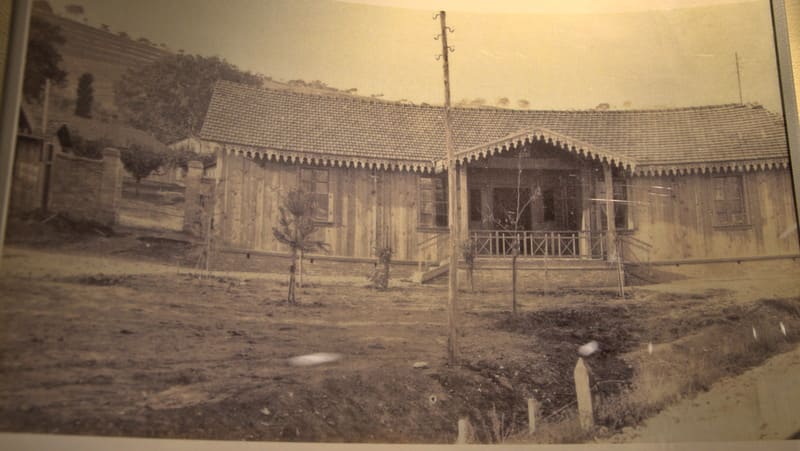
Italy did not start its participation in WWI until 1915, with the front located in the north of the country. Soon a solution was sought for the captured Austrians, a prison camp far from the front, on flat terrain, easily guarded and far from civilization. The ideal site was discovered in Servigliano and in 1916 32 wooden barracks were built, surrounded by a brick wall and barbed wire, with room for 4000 prisoners.
After the war, the army used the barracks as a storage place and handed over half of the camp to the municipality in 1935, which turned it into a football field.
The remaining barracks again served as a camp for prisoners of war from 1941. This is where British soldiers, captured in Africa, first ended up. From 1943, Americans and French were also added. On 14/9/1943 the Italians joined the Allies. The chaos that accompanied this gave the prisoners the opportunity to make a hole in the wall and thus escape.
This also happened in many other Italian prison camps. Most found refuge in the home of Italians who risked the death penalty. More than 25,000 escaped military prisoners went into hiding with the local population! Out of gratitude, many ex-prisoners maintained contact with their rescuers for years; For example, the ex-officer J. Keith Killby founded a scholarship for students to study English in London: The Monte San Martino trust London.
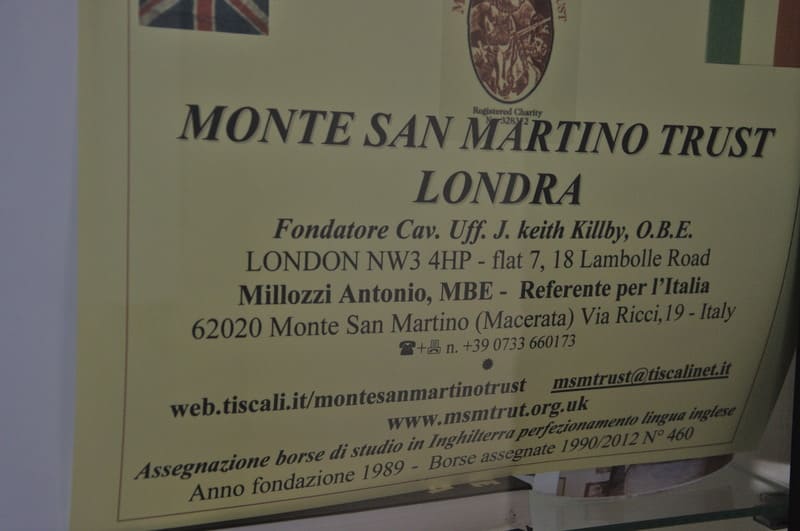
In May they sometimes organize a walking tour in Servigliano where ex-prisoners or their relatives, together with the inhabitants of Servigliano, walk the trail that the prisoners walked when they escaped through the hole in the wall. They call it the Sentieri di Libertà, the Freedom Paths.
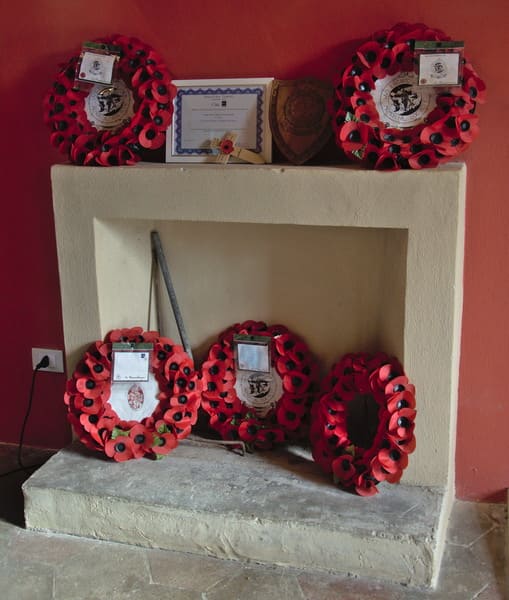
The Nazis quickly took over the camp in 1943 and in addition to 241 British prisoners, 62 Jewish families arrived. It would therefore also become a transit camp from now on. A bombing raid gave the prisoners the opportunity to escape. Unfortunately, half of the Jewish prisoners were arrested and immediately transported to the concentration camps. Only 1 of them survived: Susanna Hauser.
Between 1947 and 1955 the camp was used as a shelter for the Italian ex-settlers from Africa and for the Dalmatians / Istrians. General Tito had in fact annexed this former part of Italy into Yugoslavia and chased all Italians away.
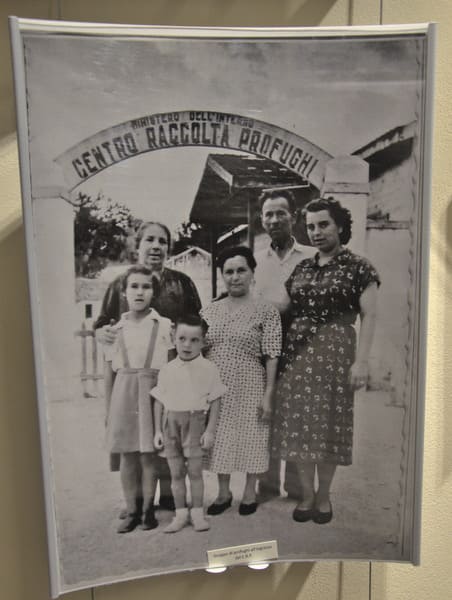
When the last refugee left, the place was completely abandoned and neglected. From 1970 the city council decided to demolish all the barracks, so that only the guards barracks on the outside of the wall (nowadays housing for the scouts) and part of the infirmary remained. Il Parco della Pace was then created as a football field, and other sports facilities.
In 2001, the association la casa della Memoria, or the house of memory, was founded: they collected documents regarding the war history and the camp in Servigliano. In 2013 the former station was converted into Aula della Memoria. After all, this is where all the prisoners arrived, destined for the prison camp. Until 1955 it served as a station from Fermo to Servigliano and Amandola.
The museum is now a place where visitors can get acquainted with il Campo Prigionero di Guerra 59. (POW camp number 59)
The camp can be visited with a guide during open days mentioned on the site or on request. The pupils of the school developed a route where an explanation can be obtained via a QR code in 3 different languages (Italian, English and French).
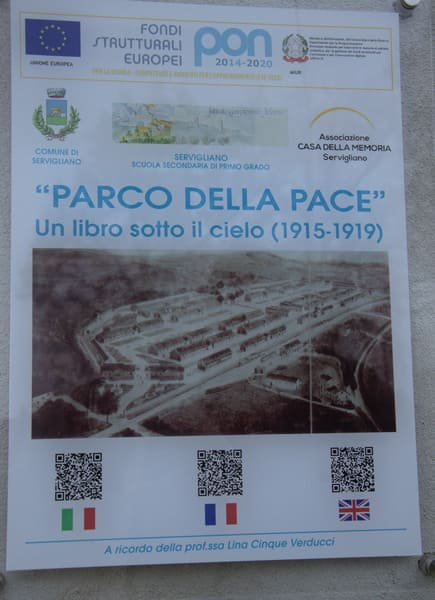
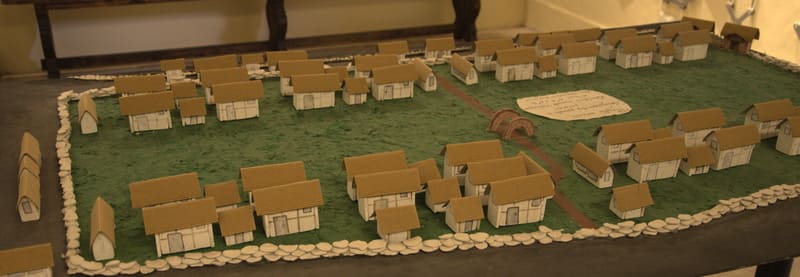
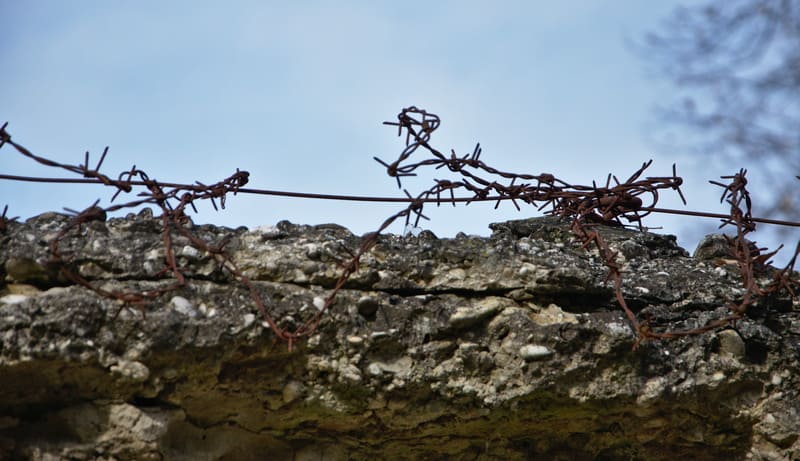
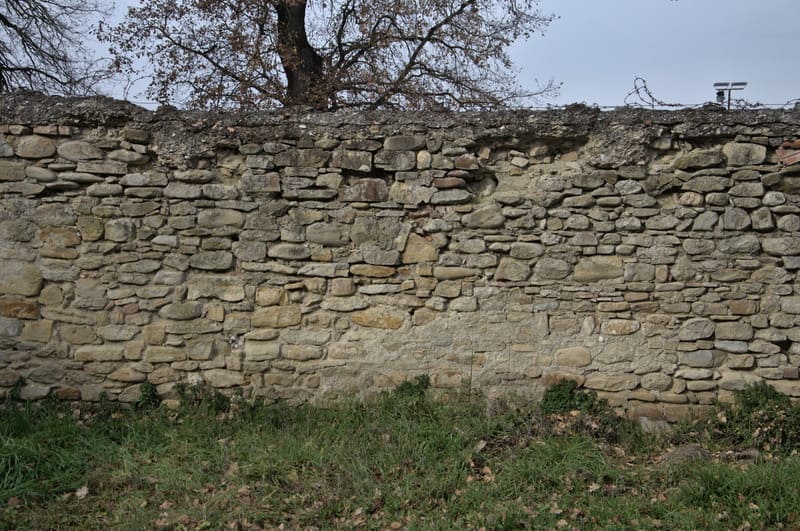
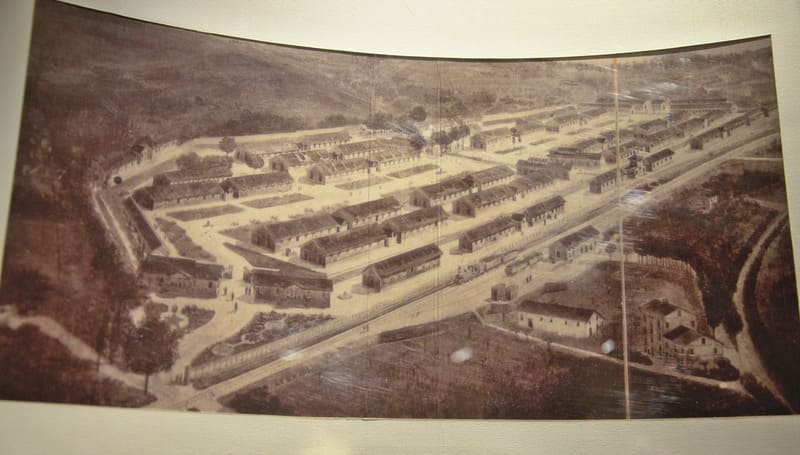
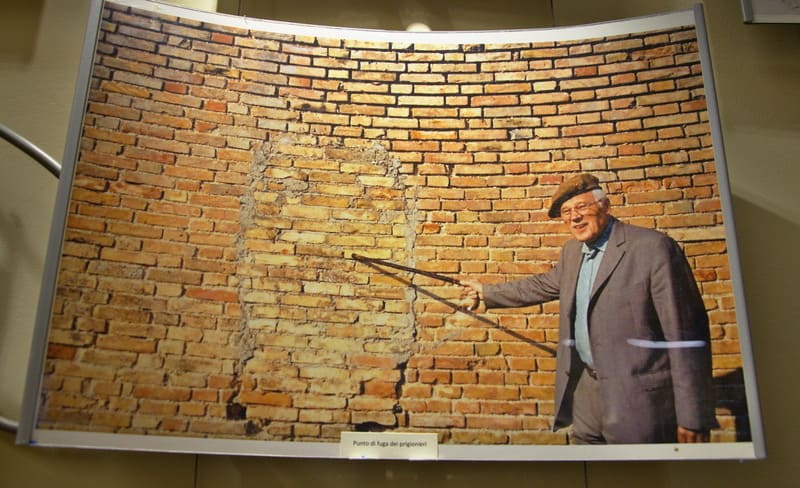
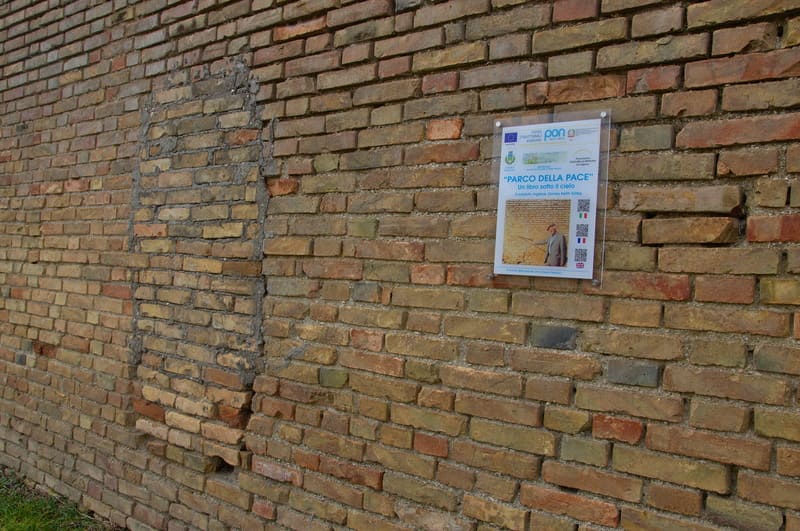
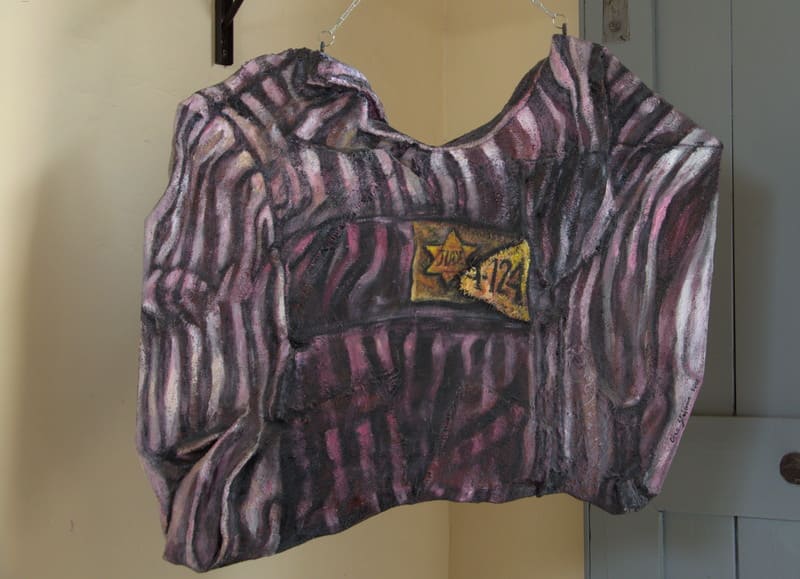
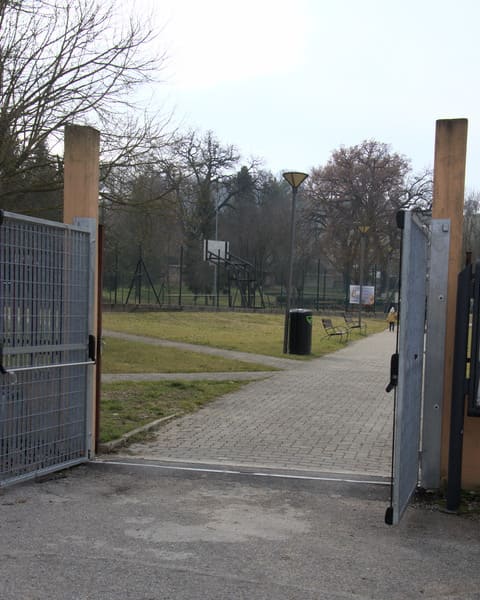
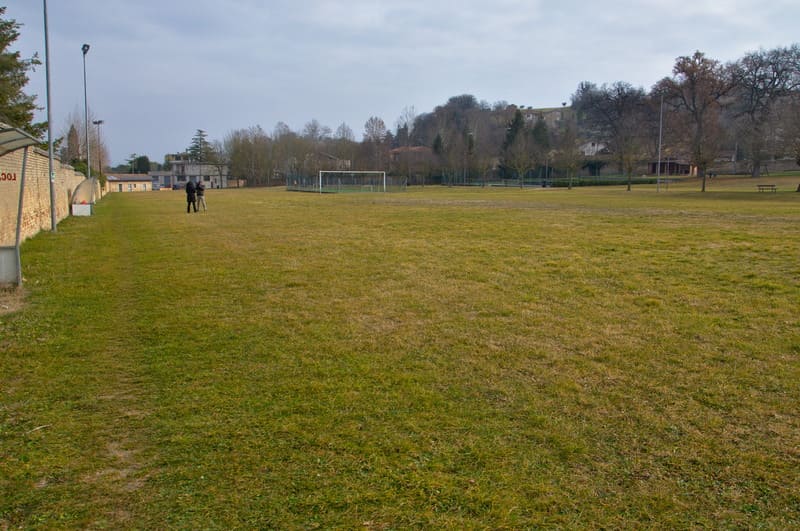
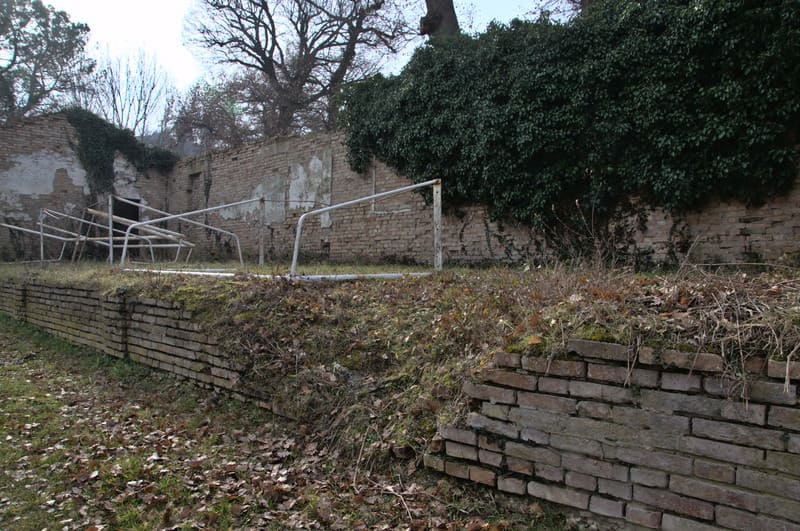
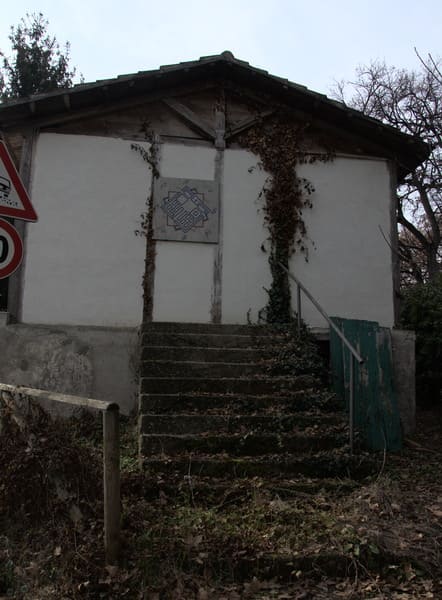

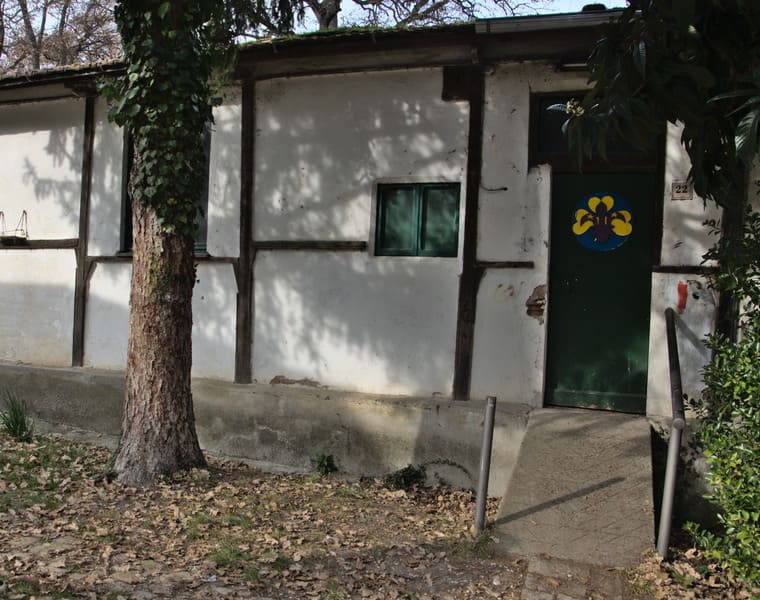
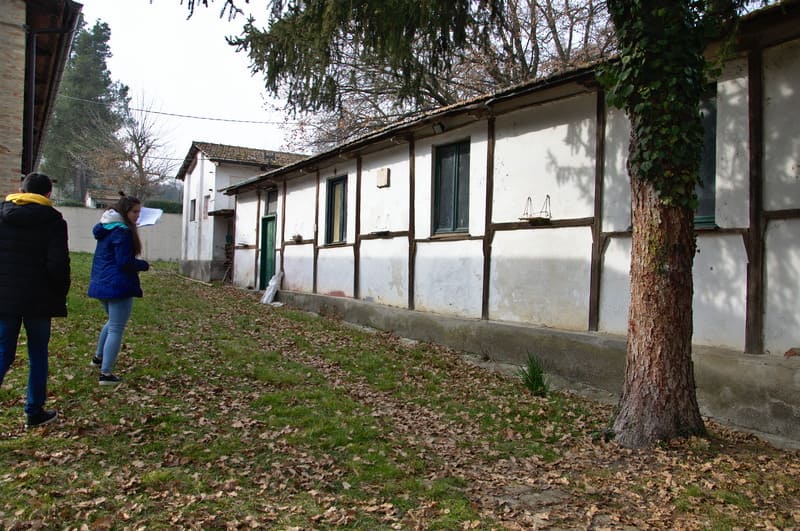
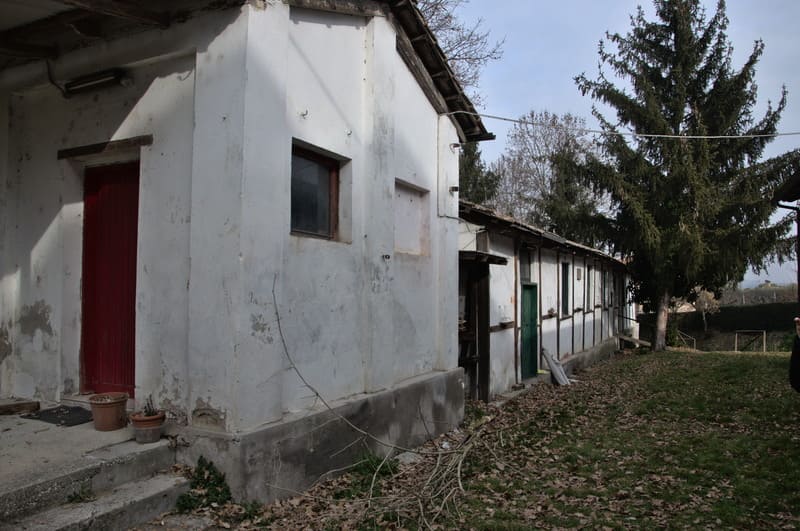
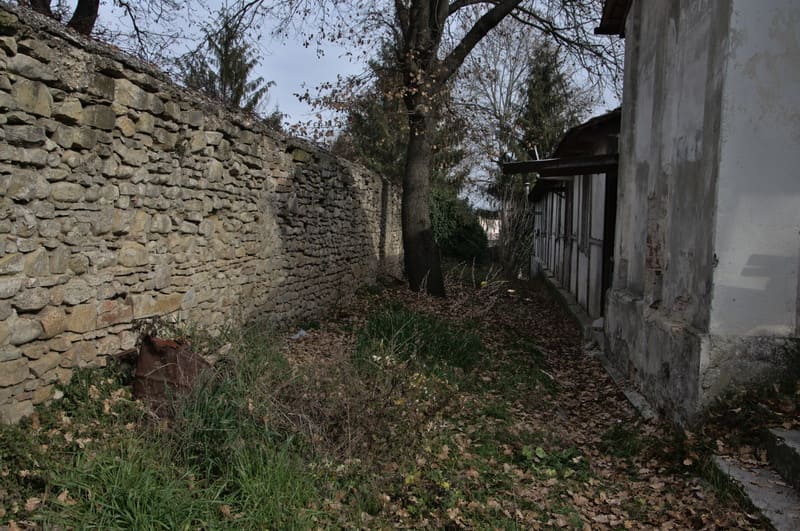
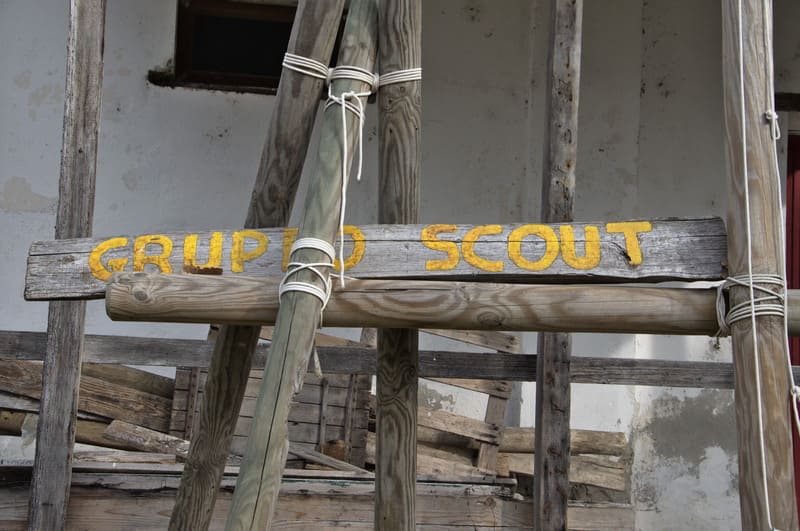
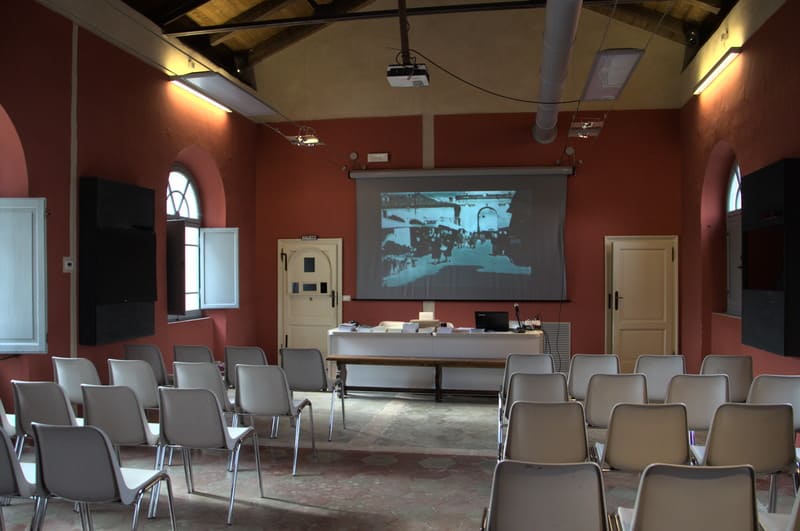
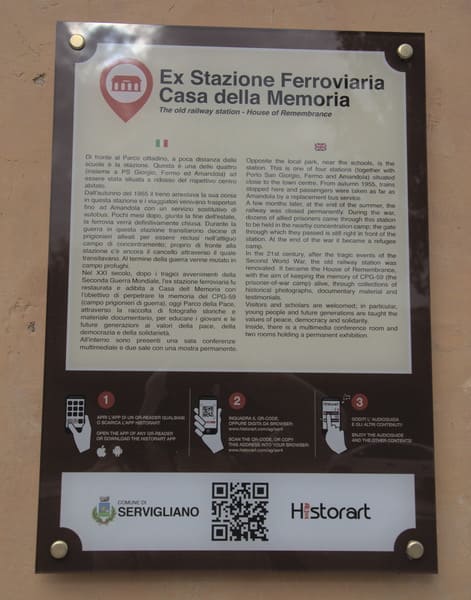
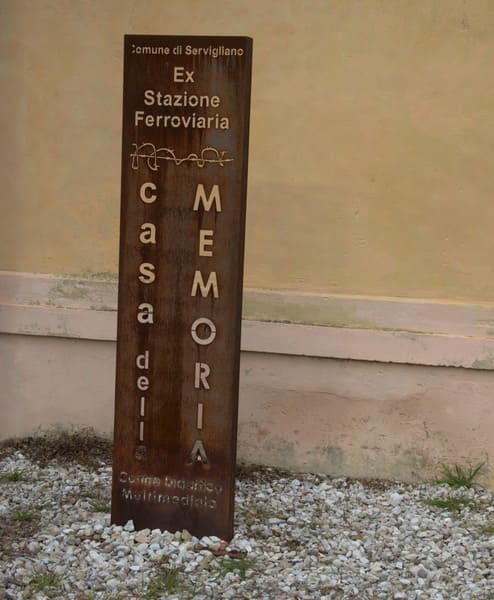

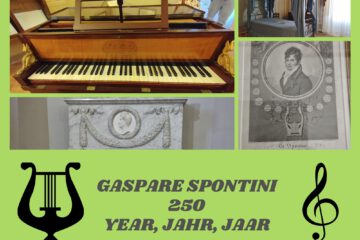
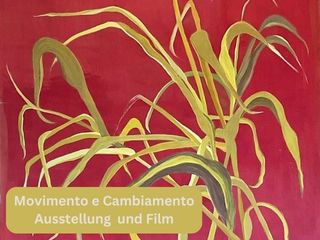
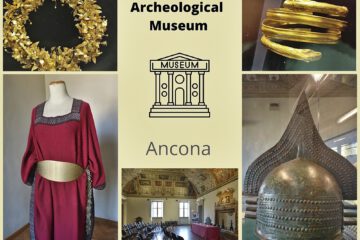
0 Comments